About the Author
Alan Mattingly was Director of the Ramblers Association from 1974 to 1998. At various times during that period he also held other posts in the outdoor and conservation movements in Britain, including that of Chairman of the Council for National Parks.
A member of the Outdoor Writers and Photographers Guild, he received their Golden Eagle Award in 1998. He is also a recipient of the John Hunt Award (from the Countrywide Holidays Association) and the Wildlife and Countryside Link Award. His previous publications include Tackle Rambling (1981) and Walking in the National Parks (1982). He is the author of The Cathar Way (2006) also published by Cicerone.
He is now based in a small town in the eastern Pyrenees that lies just below the 2800m Pic du Canigou. When not exploring that most impressive and captivating of mountains on foot, he writes and teaches English.
(Photo by Branton Bamford)
WALKS IN THE CATHAR REGION
CATHAR CASTLES OF SOUTH WEST FRANCE
by
Alan Mattingly
2 POLICE SQUARE, MILNTHORPE, CUMBRIA, LA7 7PY
www.cicerone.co.uk
Alan Mattingly 2005
Reprinted 2011, 2014 (with updates)
ISBN-13 978 1 85284 423 3
ISBN-10 1 85284 423 X
Printed in China on behalf of Latitude Press Ltd.
A catalogue record for this book is available from the British Library.
All photos are by the author unless otherwise stated.
 The routes of the GR, PR and GRP paths in this guide have been reproduced with the permission of the Fdration Franaise de la Randonne Pdestre, holder of the exclusive rights of the routes. The names GR, PR and GRP are registered trademarks. FFRP 2014 for all GR, PR and GRP paths appearing in this work.
The routes of the GR, PR and GRP paths in this guide have been reproduced with the permission of the Fdration Franaise de la Randonne Pdestre, holder of the exclusive rights of the routes. The names GR, PR and GRP are registered trademarks. FFRP 2014 for all GR, PR and GRP paths appearing in this work.
Acknowledgements
Special gratitude is due to all those, volunteers and professionals alike, who have recently planned, waymarked, maintained and written about the paths described in this book. Some have no doubt been motivated principally by a love of the outdoors; others by a desire to bring more tourists to their villages. But the result of their labours is a wonderful network of walking routes which is continually being added to and improved.
For their various measures of help, advice and patient tolerance I would also like to thank in particular: Branton Bamford, Hazel Clarke, Alan Haworth, Lucy Histed, Terry Marsh, Wendy Mattingly, David Monnet, Jim Palfrey, Eliane Pech, Sbastien Pla, Joseph Ribas and Jonathan Williams. I am grateful as well to Stuart Alderman, former Chief Executive of Ramblers Holidays. A few years ago Stuart asked me to prepare a Ramblers Holidays walking tour in this part of France. That tour formed the starting point for the walks in this book.
My gratitude will be further extended to all readers who follow these walks and, on finding any problems or changes to the routes, tell me about them. Please send this information to the publisher by e-mail or otherwise.
Advice to Readers
While every effort is made by our authors to ensure the accuracy of guidebooks as they go to print, changes can occur during the lifetime of an edition. If we know of any, there will be an Updates tab on this books page on the Cicerone website (www.cicerone.co.uk), so please check before planning your trip. We also advise that you check information about such things as transport, accommodation and shops locally. Even rights of way can be altered over time. We are always grateful for information about any discrepancies between a guidebook and the facts on the ground, sent by email to info@cicerone.co.uk or by post to Cicerone, 2 Police Square, Milnthorpe LA7 7PY, United Kingdom.
Front cover: Quribus possibly the most vertiginous Cathar castle (Section 12)
CONTENTS
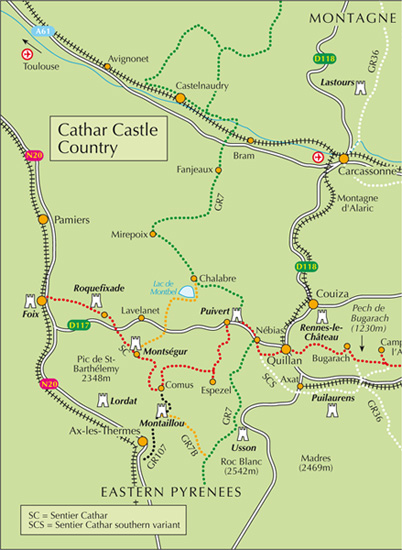
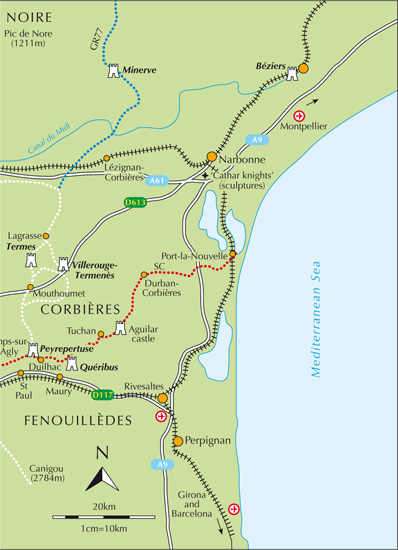
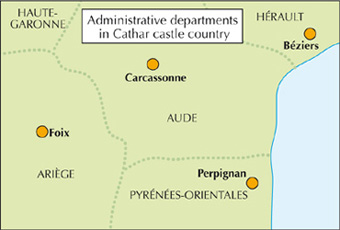
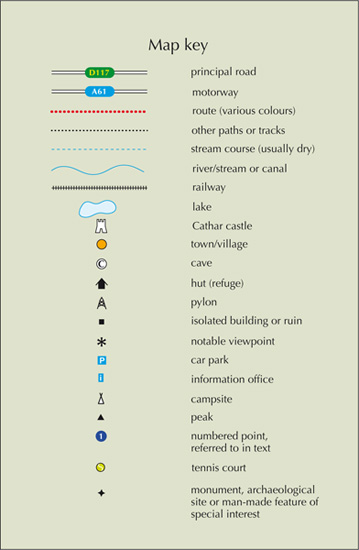
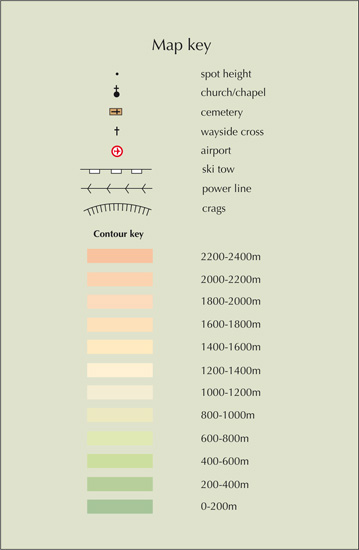
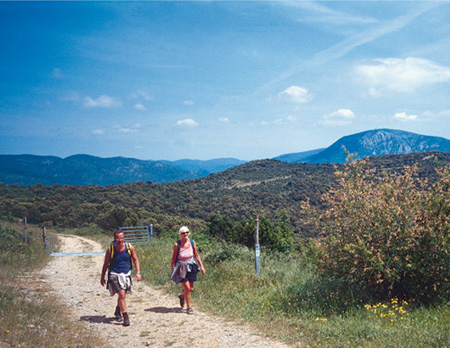
Walkers near Quribus castle (Section 12)
PREFACE
The Cathars were a dissident sect of medieval Christians. They enjoyed widespread support in what is today southern France. In the 13th century they were brutally suppressed and took refuge in hilltop fortresses, known today as Cathar castles.
Those castles are set in an area of beautiful countryside which offers excellent walking opportunities. It is a varied, challenging and fascinating region, enjoying plenty of sunshine and rich in wildlife. It has plentiful reasonably priced accommodation and abundant opportunities for wine tasting and gastronomic delectation.
The region is today one of Frances most popular walking areas, but it was not always so most of the walking routes in Cathar castle country seem to have been developed in relatively recent times. For example, when the traveller and author Nicholas Crane passed through St-Paul-de-Fenouillet in the early 1990s on his epic mountain walk across Europe, he was told that he was in the dead zone, where tourists were rarely seen, even in high summer. Today St-Paul is close to new waymarked walking routes, which pass beneath Quribus and other Cathar castles. It is now frequented by walkers and visitors from many parts of Europe and beyond.
It seems that everyone who tours this stunning countryside and reads about the tragedy of the Cathars is moved by the landscape and by that story. Many are also gripped by the several legends that surround the Cathar castles of buried treasure, the Holy Grail, sun worship, and contemplative ladies dressed in white who had an unfortunate knack of precipitating disaster.
This book concentrates mainly on the walks, the landscape, and the history of the Cathars downfall. But, insofar as any lesson is drawn from this tour of a region that witnessed the crusade against the Cathars (and which, like most of Europe, also suffered two millennia of almost constant combat), that lesson is touched upon lightly in the final chapter. Entirely devoid of originality, that conclusion is at least brief. It is quite simply give peace a chance.
For that reason (among many others), this book is dedicated with gratitude to two lifelong campaigners for peace of my close acquaintance, namely my parents Pat and Alec Mattingly.
Alan Mattingly, Vernet-les-Bains

Like many Cathar castles, Lordat castle towers above its village (Section 6)
INTRODUCTION
This castle hath a pleasant seat; the air

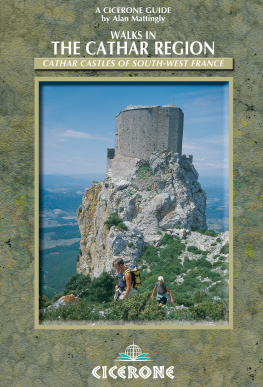
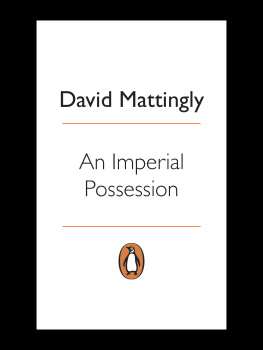


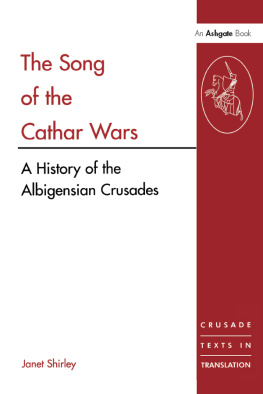

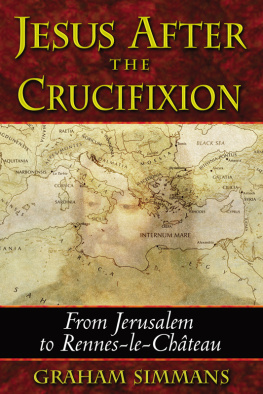
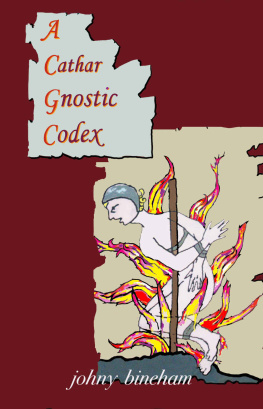
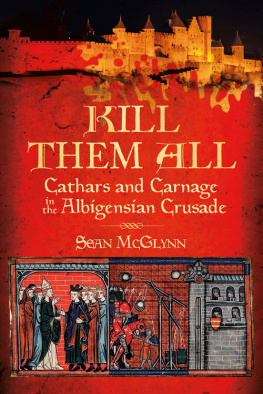
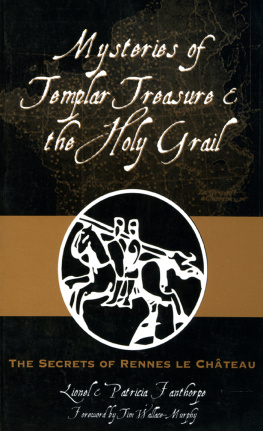
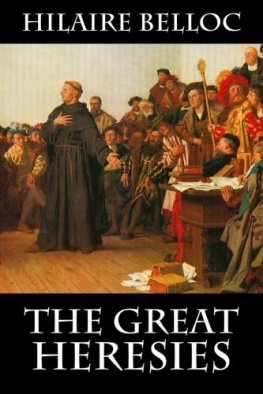

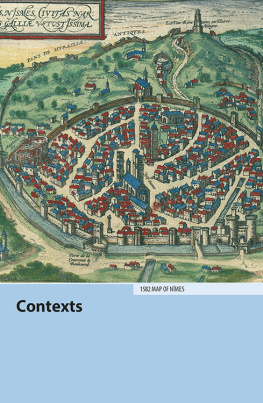

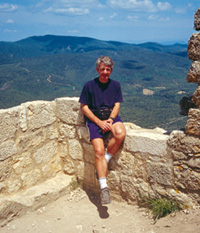

 The routes of the GR, PR and GRP paths in this guide have been reproduced with the permission of the Fdration Franaise de la Randonne Pdestre, holder of the exclusive rights of the routes. The names GR, PR and GRP are registered trademarks. FFRP 2014 for all GR, PR and GRP paths appearing in this work.
The routes of the GR, PR and GRP paths in this guide have been reproduced with the permission of the Fdration Franaise de la Randonne Pdestre, holder of the exclusive rights of the routes. The names GR, PR and GRP are registered trademarks. FFRP 2014 for all GR, PR and GRP paths appearing in this work.





